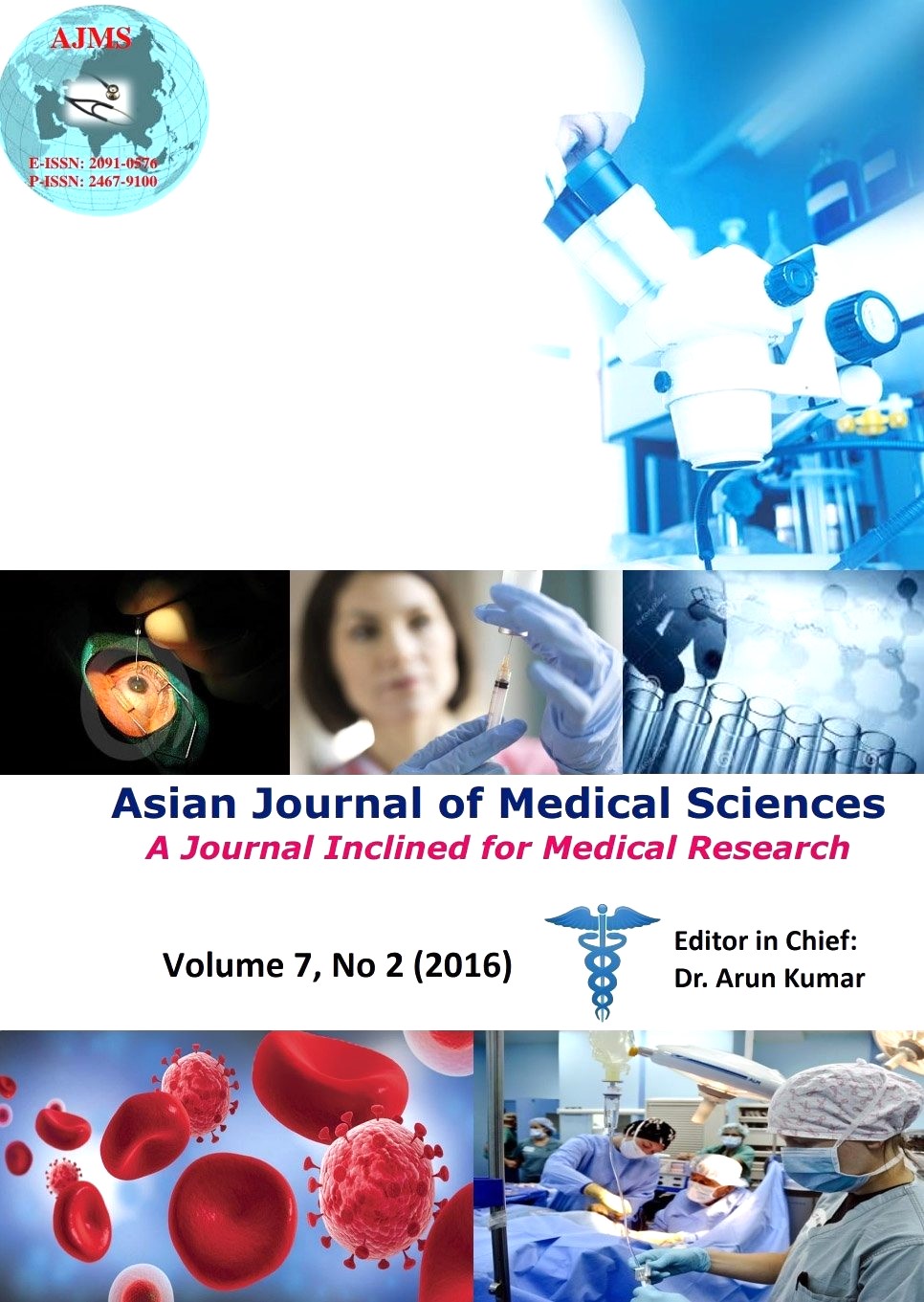Evaluating four –variable screening tool in european population of a sleep clinic for assessing obstructive sleep apnea syndrome
Keywords:
4-Variable screening tool, ESS, evaluation, sleep apnea, sleep clinicAbstract
Background: Different questionnaires have been used to evaluate patients with Obstructive sleep apnea/hypopnea syndrome (OSAHS). The 4-Variable screening tool (4-V) was developed and validated in Asian population for identifying moderate to severe OSAHS.
Aims and Objectives: To evaluate the ability of 4-V to identify patients at high risk for OSAHS in a European Population visiting a Sleep Clinic. Methods: 1057 (73.8% males), 52±14 years, BMI 33±7kg/m2, Epworth Sleepiness Scale (ESS) 11.5±5.4 and Apnea Hypopnea Index (AHI) 32.7±26.5 were included. All patients had an in laboratory sleep study and 4-V was calculated.
Results: The mean 4-V score was 13.3±2.5. Sensitivities of 4-V≥11 for AHI ≥5, ≥15 and ≥30 were 78%, 79% and 81%, respectively; specificities 40.8%, 36%, 32%; positive predictive values (PPV) 84.3%, 71%, 52%; negative predictive values (NPV) 31% , 46.5%, 65% and area under the ROC curve at AHI≥ 15 was 0.58. For 4-V ≥14, sensitivities for AHI ≥5, ≥15 and ≥30 were 50.7%, 55% and 61%, respectively; specificities 78%, 74.4%, 69%; PPV 90.3%, 81%, 64%; NPV 27.9%, 45%, 66% and area under the ROC curve at AHI≥ 15 was 0.68. The 4-V differed significantly between no and mild and between moderate and severe OSAHS, but not between mild and moderate OSAHS in both genders. Sensitivity was better in men, but specificity was higher in women.
Conclusion: In Caucasians the 4-V≥14 had low sensitivity and NPV, rather good specificity and PPV. For a cut-off ≥11, sensitivity was better but specificity was low. However the predictive values differed between genders.
Asian Journal of Medical Sciences Vol.7(2) 2015 21-27
Downloads
Downloads
Additional Files
Published
How to Cite
Issue
Section
License
Authors who publish with this journal agree to the following terms:
- The journal holds copyright and publishes the work under a Creative Commons CC-BY-NC license that permits use, distribution and reprduction in any medium, provided the original work is properly cited and is not used for commercial purposes. The journal should be recognised as the original publisher of this work.
- Authors are able to enter into separate, additional contractual arrangements for the non-exclusive distribution of the journal's published version of the work (e.g., post it to an institutional repository or publish it in a book), with an acknowledgement of its initial publication in this journal.
- Authors are permitted and encouraged to post their work online (e.g., in institutional repositories or on their website) prior to and during the submission process, as it can lead to productive exchanges, as well as earlier and greater citation of published work (See The Effect of Open Access).




